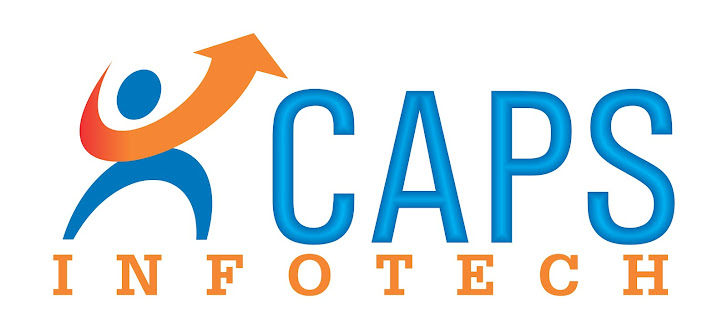Tax Deducted at Source (TDS) is
a system introduced by Income Tax Department, where person responsible for
making specified payments such as salary, commission, professional fees,
interest, rent, etc. is liable to deduct a certain percentage of tax before
making payment in full to the receiver of the payment. As the name suggests,
the concept of TDS is to deduct tax at its source.
Let us take an example of TDS assuming the
nature of payment is professional fees on which specified rate is 10%.
XYZ
Ltd makes a payment of Rs 50,000/- towards professional fees to Mr. ABC, then
XYZ Ltd shall deduct a tax of Rs 5,000/- and make a net payment of Rs 45,000/-
(50,000/- deducted by Rs 5,000/-) to Mr. ABC. The amount of 5,000/- deducted by
XYZ Ltd will be directly deposited by XYZ Ltd to the credit of the government.
In
this comprehensive guide on TDS, we are answering 15 frequently asked questions
by business owners. Check out..
1) What Is TAN and How to apply for
TAN?
TAN
stands for Tax Deduction Account Number. It is 10 digit alpha numeric number
required to be obtained by all persons who are responsible for deducting or
collecting tax. Under Section 203A of the Income Tax Act, 1961, it is mandatory
to quote Tax Deduction Account Number (TAN) allotted by the Income Tax
Department (ITD) on all TDS returns. The procedure for application of TAN is
very simple and can be done online by filling up Form 49B.
2) What is TDS Certificate?
TDS
certificates are issued by the deductor (the person who is deducting tax) to
the deductee (the person from whose payment the tax is deducted).
There
are mainly two types of TDS certificates issued by the deductor.
1. Form 16: which is issued by the
employer to the employee incorporating details of tax deducted by the employer
throughout the year, and
2. Form 16A: which is issued in all
cases other than salary.
For
example, Mr. Gupta is working as a salaried employee at a company and tax is
deducted on his salary @ 15%. The company shall provide Mr. Gupta with a Form
16 describing particulars in detail regarding the amount of salary paid and tax
deducted on the same.
However,
had Mr. Gupta been working as a professional and received professional fees
from an organization which is subject to TDS, then he will be provided Form 16A
for the same.
3) When TDS should be
deducted?
The
concept of TDS is based on a simple principle i.e. tax is to be deducted at
the time of payment getting due or actual payment whichever is earlier. A
set of scenarios for will be helpful in understanding the concept:
Say,
ABC Private Limited has to make payment of Rs 50,000/- to Mr. XYZ in exchange
of professional services.
Scenario
1:
Mr. XYZ was paid Rs 30,000/- in advance on 15th July. XYZ raised invoice after completion of work on 31stJuly and rest of payment is to be made.
Mr. XYZ was paid Rs 30,000/- in advance on 15th July. XYZ raised invoice after completion of work on 31stJuly and rest of payment is to be made.
In
such case the company should have deducted tax in the following manner:
On
15th July: Rs 3000/- (@ 10% on
advance of Rs 30000/-)
On
31st July: Rs 2000/- (@ 10% of
total invoice amount as deducted by tax already deducted i.e. Rs 5000/-
deducted by Rs 3000/-)
Scenario
2:
Mr. XYZ raised the invoice on 15th July and was paid whole consideration at one go on 31st July.
Mr. XYZ raised the invoice on 15th July and was paid whole consideration at one go on 31st July.
In
such whole amount of Rs 5000/- shall be deducted on 15th July, the date when
payment got due, and a net payment of Rs 45000/- shall be made on 31st July.
Scenario
3:
Mr. XYZ is to receive the whole amount of Rs 50,000/- well in advance before completion of the assignment.
In such particular case tax of
Rs 5000/- shall be deducted right at the time of payment of advance and no tax
is to be deducted at the time of making an entry for the bill due.Mr. XYZ is to receive the whole amount of Rs 50,000/- well in advance before completion of the assignment.
Get more details

